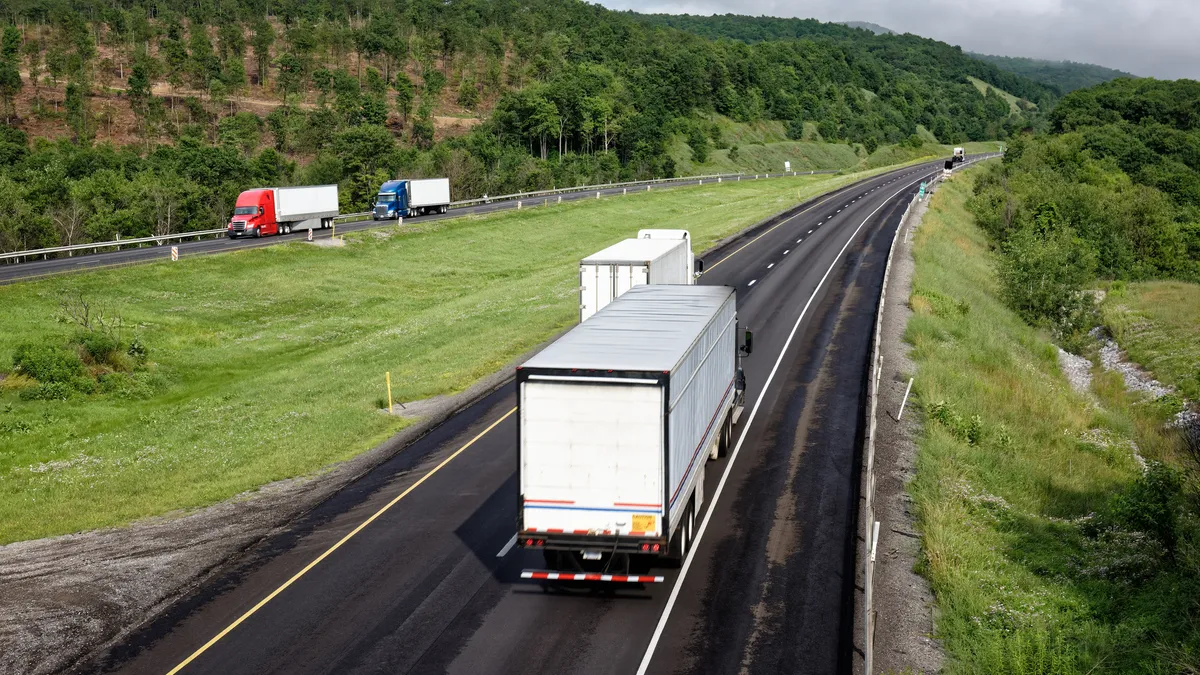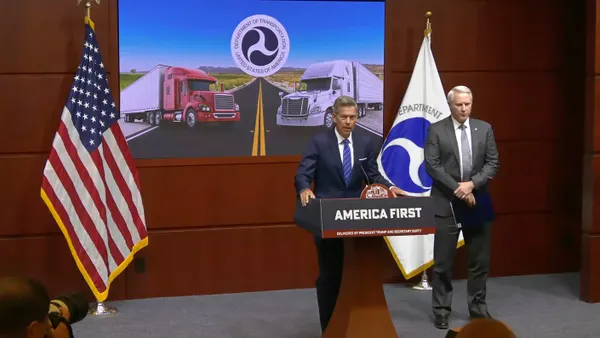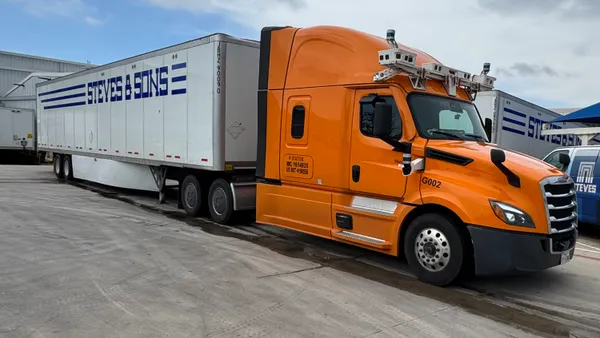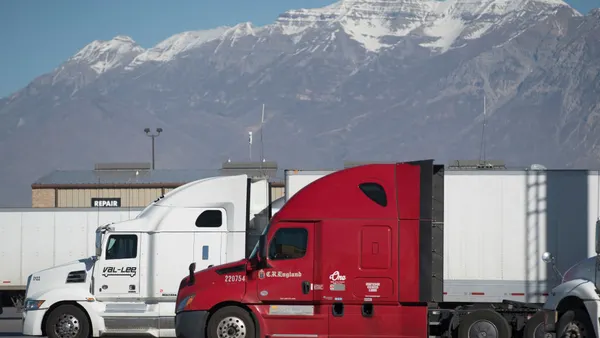An industry and stakeholder group, the Advisory Committee on Underride Protection, created a biennial report containing opposing viewpoints on underride guard recommendations, and industry representatives are latching onto the tension.
The majority view recommended a mandate on side underride guards for new semitrailers, the raising of rear guard standards and the consideration of front impact guards, among other changes.
Meanwhile, the minority perspective called for comprehensive, evidence-based studies as well as assessments on the costs of addressing underride issues. Minority supporters said there’s disagreement over the scope of the underride problem involving deaths, injuries and costs as well as other factors, such as unintended consequences of implementing changes.
Committee members have challenged each other over the definition of consensus; the Advisory Committee on Underride Protection defined the term at a February meeting. That came after the group’s charter and a National Highway Traffic Safety Administration directive mandated the committee provide “written consensus advice.” But the Bipartisan Infrastructure Law, which spurred the creation of the committee, did not mention such language.
With those conflicting viewpoints, the report failed to deliver consensus advice, according to the minority viewpoint. It further said, “most of the Committee’s recommendations as contained in the Biennial Report reflect only the preconceived views and biases of a slim majority of Committee members.”
The Owner-Operator Independent Drivers Association is echoing concerns that the minority viewpoint raised, questioning whether the report truly had consensus.
OOIDA, which released a copy of the minority report, last week criticized the Advisory Committee on Underride Protection’s dual viewpoints, even though committee members on both sides agreed in March on the multi-pronged approach.
OOIDA noted its concerns over mandating side underride guards, a point also detailed in the minority view. The organization added, “NHTSA should not advance potential new underride standards until further research, analysis, and testing is completed as directed in the Bipartisan Infrastructure Law.”
A representative for NHTSA did not provide a copy of the biennial report last week when requested by Trucking Dive, but committee member Marianne Karth, a trucking crash victim, said the agency received the 410-page report in late June.
Karth posted the document on her advocacy and memorial website, and a communications director for the House Transportation and Infrastructure Committee confirmed the materials as the report. Karth supported the majority viewpoint, which said “NHTSA excluded relevant data from its cost-benefit analysis” for an advanced notice of proposed rulemaking on side impact guards.
"I hope that Congress would take it seriously and actually have an oversight hearing that they would look into some of the concerns of suppressed data,” she told Trucking Dive.
NHTSA said in a recent report that it will review the report’s recommendations as well as 2,000-plus comments from an advanced notice of proposed rulemaking on side underride guards and research.
After actress Jayne Mansfield died in 1967 in a car crash involving a tractor-trailer, spurring the requirement of rear guards, the Department of Transportation indicated in 1969 the intention to add a side underride guard requirement following studies, but that’s yet to occur — even though research took place, according to Karth.
“I don't have a lot of confidence that NHTSA on their own will enact remediations or take any immediate action,” Karth said, suggesting that the biennial report could help make the case for changes. "The industry is still saying, 'We have to do more research.'"













